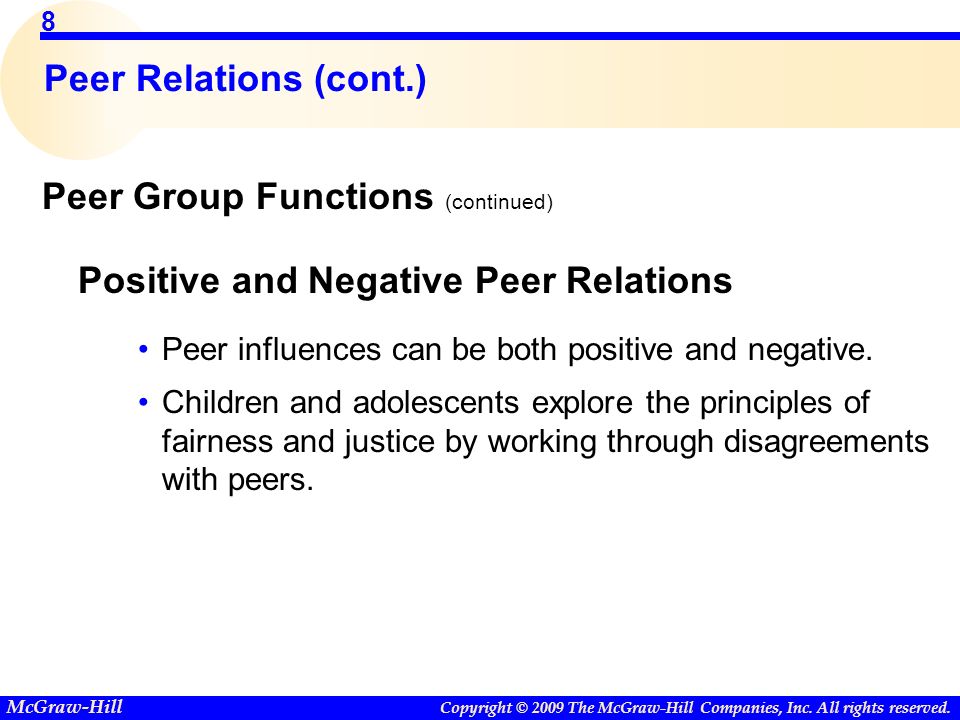Adolescence 12th Edition By John Santrock


More students learn from John Santrock's Adolescence than from any other text in this field. Students and instructors rely on the careful balance of accurate, current research and applications to the real lives of adolescents.
Find great deals on eBay for santrock adolescence. Adolescence 12th EditionJohn W. New listing Adolescence 16th Edition By John W.
The fully-revised eleventh edition includes a new chapter on health, expanded coverage of late adolescence, and more than 1200 research citations fr More students learn from John Santrock's Adolescence than from any other text in this field. Students and instructors rely on the careful balance of accurate, current research and applications to the real lives of adolescents. Program De Jocuri 3d. The fully-revised eleventh edition includes a new chapter on health, expanded coverage of late adolescence, and more than 1200 research citations from the 21st century. I have rather mixed feelings about this book; the good news is, it covers a lot of ground, works very hard at being impartial and evenhanded when describing various schools of thought regarding various aspects of adolescent psychology, and very specifically addresses the issue, when first describing statistical analysis, that correlation does not equal causation.
The bad news is, it's rather sloppily written, with numerous typos and sentences that either don't parse particularly well, or just do I have rather mixed feelings about this book; the good news is, it covers a lot of ground, works very hard at being impartial and evenhanded when describing various schools of thought regarding various aspects of adolescent psychology, and very specifically addresses the issue, when first describing statistical analysis, that correlation does not equal causation. The bad news is, it's rather sloppily written, with numerous typos and sentences that either don't parse particularly well, or just don't make any sense ('In this study, for both boys and girls, lack of parental support and dietary restraint preceded future increases in body satisfaction.' 63, being an example of the latter, as was 'After four months, the participants in the physical education class had improved their cardiovascular fitness and lifestyle activity (such as walking instead of taking the stairs and walking instead of driving short distances) pg 74, or '.40 percent of children who become obese have one obese parent, and 70 percent of children who become obese have two obese parents.' Pg 500; for an example of a simple typo that slipped through the editing process, the sentence 'Having delinquent peers increases the risk of becoming delinquent for example, two recent studies found that the link between associating with delinquent; peers and engaging in delinquency held for both boys and girls.' Pg 492, and another is on page 119, where we are told that 'Three of the Wexler subscales are shown in figure 3.15', when in fact there are only two subscales shown in that figure, or again on page 128, when we are treated to the sentence 'Capacity and speed of processing speed, often referred to as cognitive resources.'
Further, there is a bit too much of a tendancy to strive for political correctness for my taste; the text will expound at great length as to why a particular style of parenting, for instance, is less than ideal, but will then tie itself in knots justifying that particular parenting style when it is used in cultures other than our own; heaven forbid that it declare that a parenting style popular in another culture is WRONG. Unless, of course,it is used in our culture; then it can be declared wrong. But perhaps the worst offense that this book commits is that it consistently, frequently, if not universally, ignores its own warning about not confusing correlation with causation.
Many, many instances can be cited in which a study demonstrated a correlation, and this information is treated as if it showed a causation. For instance, on page 63 we are told that 'A study indicated that 12 to 17 year old girls who were patients in psychiatric hospitals who had a negative body image were more depressed, anxiety-prone, and suicidal than same-aged patients who were less concerned about their body image.' Granted, the text did not expressly state that having a negative body image caused the greater mental difficulties, but it certainly seemed implied, yet an equally likely explanation is that greater depression, anxiety, and suicidal ideation might cause poorer body image, or indeed self-image in general. There was nothing wrong with the 14th edition of Jonathan Santrock's text book ADOLESCENCE as a text book. It was certainly thorough and informative, though occasionally clunky in its prose and sloppy in it's word choice.